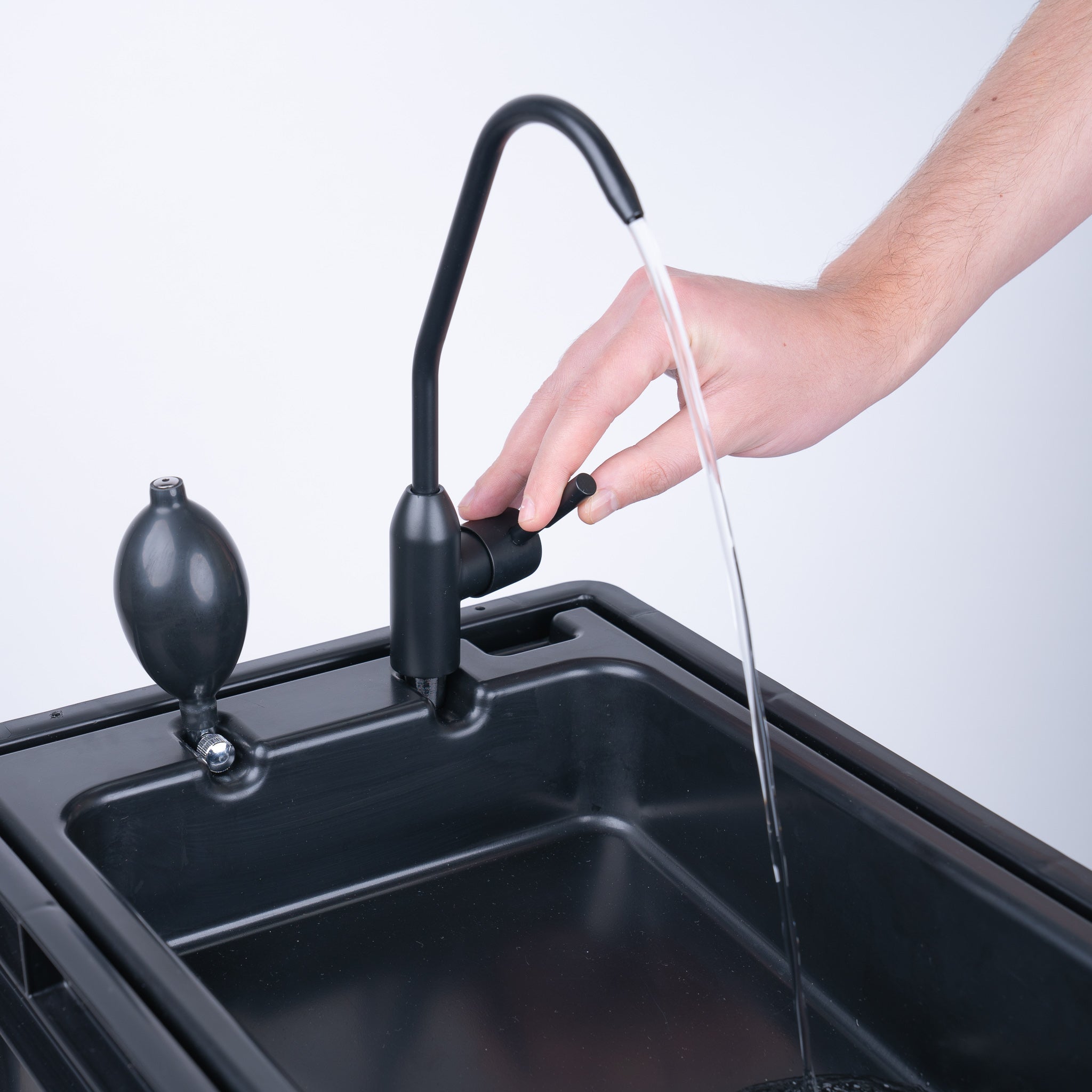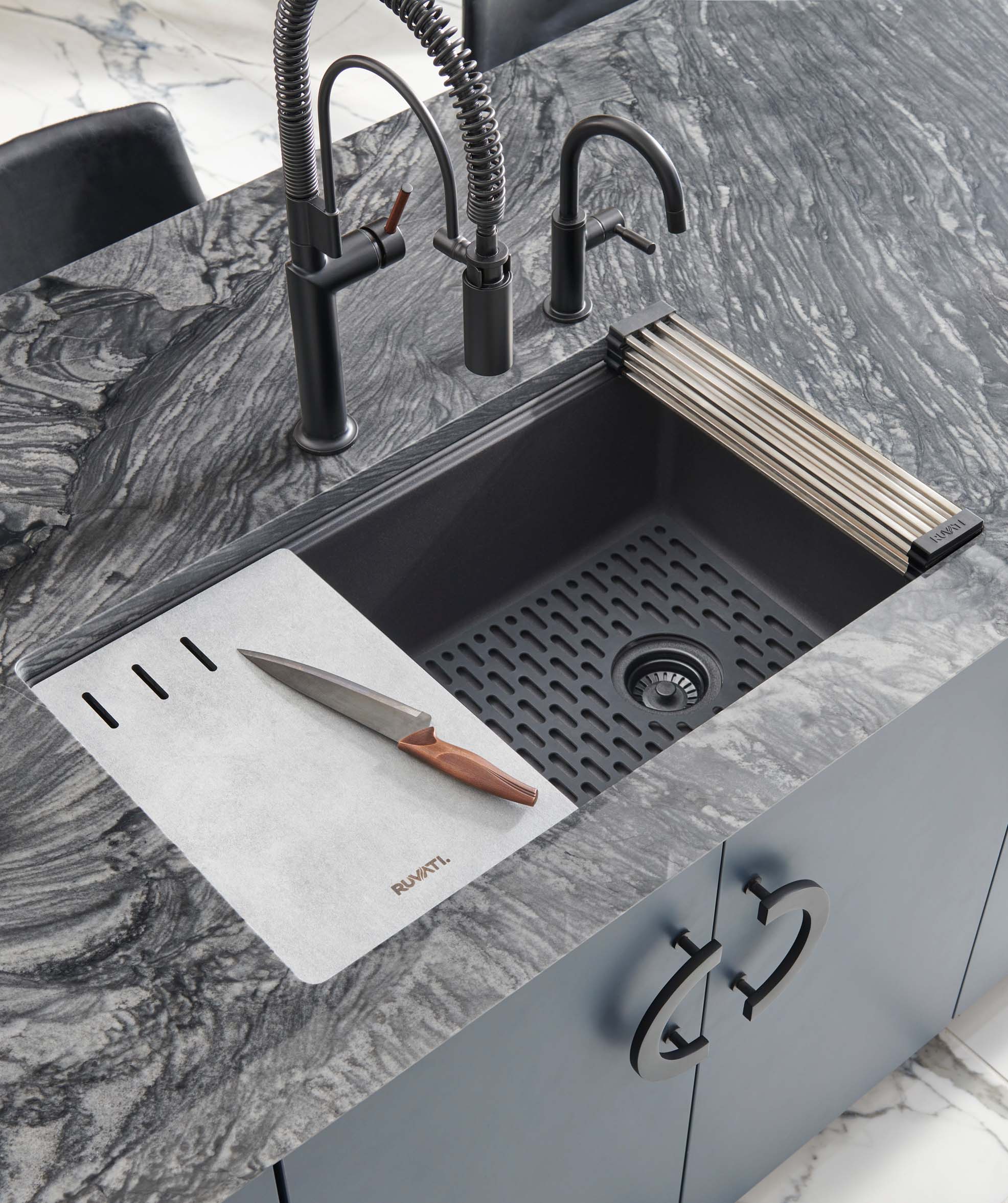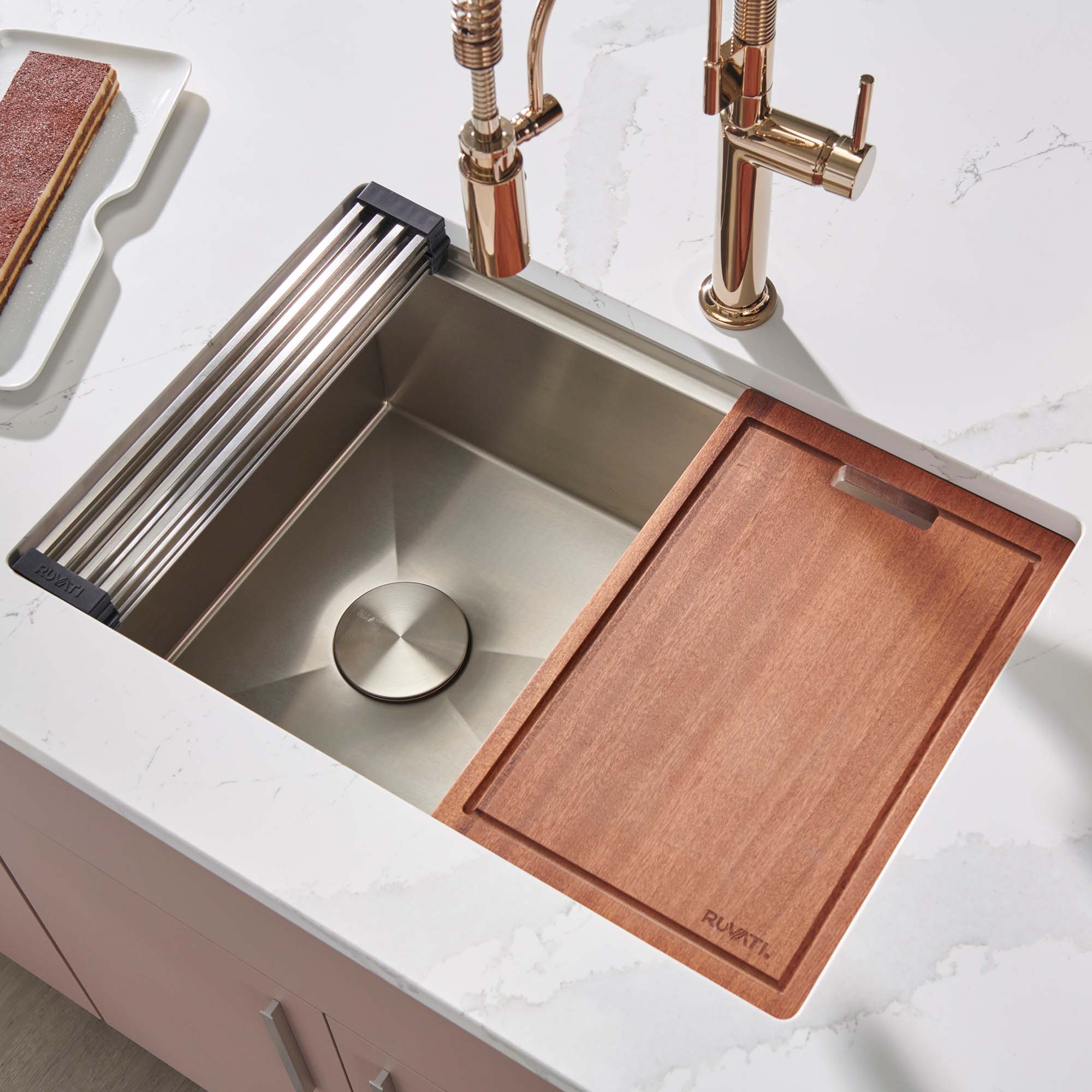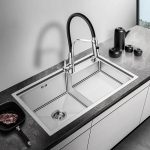Clogged sinks are a common household nuisance that can disrupt daily routines and cause frustration. Whether it’s a slow-draining sink or a complete blockage, dealing with this issue promptly is essential to maintain the functionality and hygiene of your kitchen or bathroom. Fortunately, there are several effective methods for unclogging a sink, ranging from simple DIY remedies to professional interventions. In this comprehensive guide, we’ll explore various techniques to help you say goodbye to clogs and restore your sink to optimal performance.
Understanding the Causes of Sink Clogs
Before delving into the solutions, it’s important to understand the common causes of sink clogs. In the kitchen, grease, food particles, and soap residue are primary culprits, while in the bathroom, hair, soap scum, and toothpaste can contribute to blockages. Additionally, foreign objects such as jewelry or small toys accidentally dropped down the drain can exacerbate the problem. By identifying the root cause of the clog, you can choose the most appropriate method for unclogging your sink.

1. The Plunger Method: Tried and True
The plunger is a classic tool for unclogging sinks and toilets, thanks to its simple yet effective design. To use a plunger on a sink, ensure there is enough water in the basin to cover the rubber cup of the plunger. Place the plunger over the drain and apply firm, rhythmic pressure, creating a vacuum effect to dislodge the clog. Repeat the plunging motion several times, then check to see if the water begins to drain more freely. For stubborn clogs, consider applying petroleum jelly to the rim of the plunger for a tighter seal.
2. Baking Soda and Vinegar: Natural Degreaser
Baking soda and vinegar are natural ingredients that can help dissolve grease, grime, and organic matter causing the clog. Start by pouring half a cup of baking soda down the drain, followed by one cup of vinegar. The combination will produce a fizzy reaction that helps break down the clog. Allow the mixture to sit for at least 30 minutes, then flush the drain with hot water to wash away the debris. For best results, repeat this process regularly to prevent future clogs and maintain optimal drainage.

3. Hot Water Flush: Quick Fix
Sometimes, a simple flush with hot water is all it takes to dislodge a minor clog. Boil a kettle or pot of water and carefully pour it down the drain in stages, allowing the hot water to work its way through the pipes. The heat helps soften and loosen any grease or debris obstructing the flow of water. For best results, repeat the process two to three times, ensuring the water is hot but not boiling to avoid damaging PVC pipes or causing splashing. This method is ideal for periodic maintenance or as a first-line approach for minor clogs.
4. Plumbing Snake: Targeted Removal
For more stubborn clogs that resist conventional methods, a plumbing snake, also known as a drain auger, can be a highly effective tool. Insert the snake into the drain and crank the handle to maneuver the flexible cable through the pipe, breaking apart the clog or hooking onto it for removal. Be gentle and patient to avoid damaging the pipes, and periodically retract the snake to remove any debris clinging to it. Plumbing snakes are available in manual and electric versions, with varying lengths to accommodate different sink configurations.

5. Chemical Drain Cleaners: Proceed with Caution
Chemical drain cleaners are a quick and convenient solution for unclogging sinks, but they should be used with caution due to their harsh ingredients and potential to damage pipes. When using a chemical drain cleaner, follow the manufacturer’s instructions carefully and wear protective gloves and eyewear to prevent skin and eye irritation. Avoid mixing different types of drain cleaners or overusing them, as excessive exposure to chemicals can corrode pipes and harm the environment. Consider chemical cleaners as a last resort and explore safer alternatives whenever possible.
6. Professional Intervention: Expert Assistance
If DIY methods fail to resolve the issue or if you suspect a more serious underlying problem, it may be time to seek professional assistance. Plumbers have the expertise, specialized tools, and equipment to diagnose and address complex sink clogs effectively. Whether it’s a stubborn blockage deep within the pipes or a malfunctioning plumbing fixture, a licensed plumber can provide a tailored solution and ensure your sink operates smoothly and safely. While professional services may incur additional costs, the peace of mind and long-term benefits they offer are invaluable.

Preventing Future Clogs: Maintenance Tips
Once you’ve successfully unclogged your sink, it’s important to implement preventive measures to avoid recurrence. Dispose of food scraps and grease in the trash rather than down the drain, use drain guards or strainers to catch hair and debris, and periodically flush the drain with hot water or a baking soda and vinegar solution to maintain cleanliness and prevent buildup. By practicing these simple maintenance tips, you can keep your sink clog-free and functioning optimally for years to come.
7. DIY Drain Cleaning Solutions: Homemade Remedies
In addition to baking soda and vinegar, there are other DIY drain cleaning solutions you can try using common household ingredients. One popular option is a mixture of salt and baking soda. Combine equal parts salt and baking soda, then pour the mixture down the drain followed by hot water. The abrasive nature of salt, combined with the fizzing action of baking soda, can help break down grease and debris.
DIY drain cleaning solution involves using dish soap and hot water. Simply squirt a generous amount of dish soap down the drain, followed by hot water from the tap. Let it sit for a few minutes to allow the soap to penetrate and loosen the clog, then flush the drain with more hot water. The detergent properties of the soap can help dissolve grease and grime, facilitating the unclogging process.

Conclusion
Dealing with a clogged sink can be a frustrating experience, but with the right techniques and tools at your disposal, you can effectively unclog the drain and restore normal functionality. Whether you opt for DIY remedies, natural solutions, or professional assistance, the key is to identify the cause of the clog and choose the most appropriate method for removal. By understanding the underlying factors contributing to sink clogs and implementing preventive measures, you can say goodbye to clogs once and for all and enjoy uninterrupted use of your kitchen or bathroom sink.


